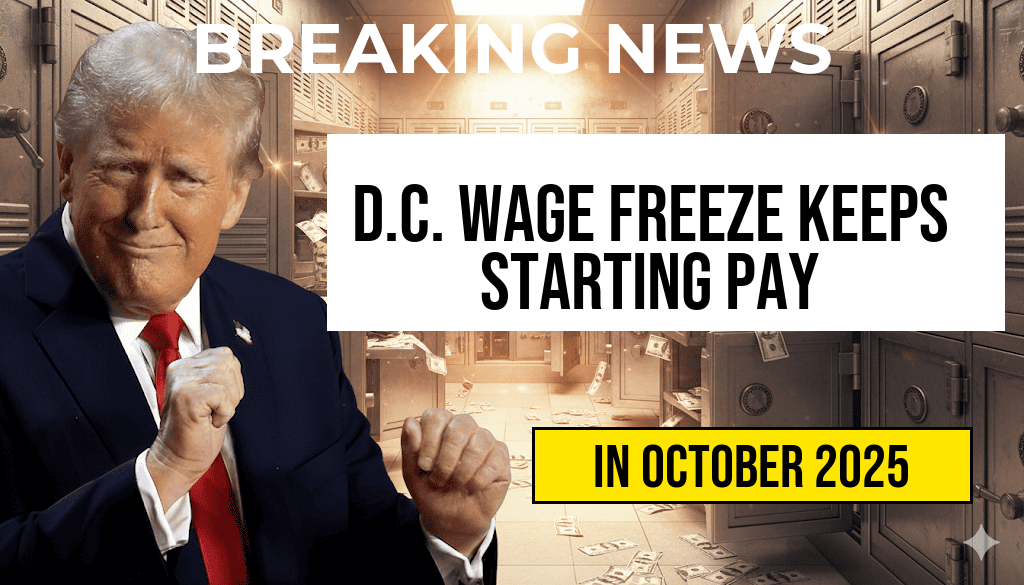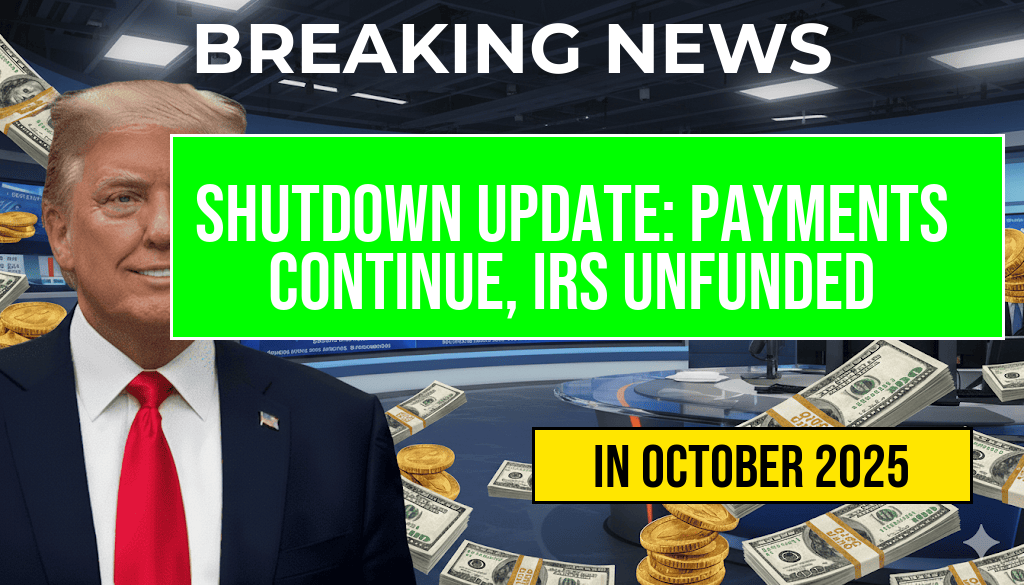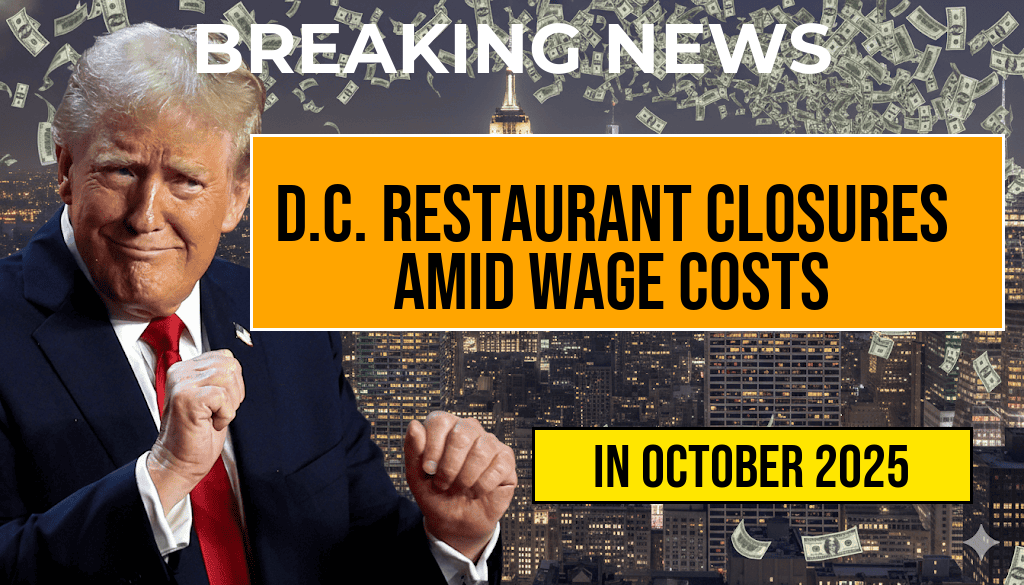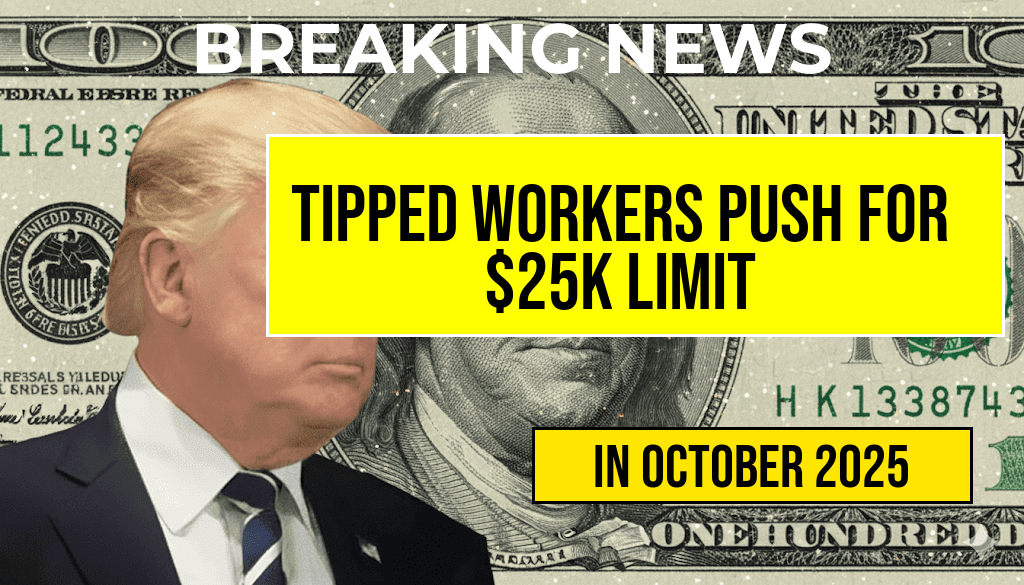Washington D.C. Restaurant Industry Faces Wage Standstill Amid Rising Costs
Amid a rapidly changing economic landscape, D.C. restaurant workers are confronting a stark reality: the starting wage remains locked at $10 an hour, a figure that analysts say effectively translates to nearly $4,160 less annually compared to a $12 hourly rate. Despite inflationary pressures, labor shortages, and calls for higher living wages, the city’s restaurant sector has opted to maintain its wage freeze, raising questions about the industry’s commitment to fair compensation and the economic sustainability of its workforce.
This decision comes at a time when many metropolitan areas are gradually increasing minimum wages or implementing phased wage hikes, yet D.C.’s restaurant sector continues to hold firm. The impact is palpable among entry-level workers, many of whom rely on tips and are struggling to keep pace with rising living expenses. Industry experts warn that such stagnation could exacerbate staffing shortages and affect service quality, while workers voice concerns over economic insecurity and reduced motivation.
Economic Context and Industry Response
Wage Freeze and Its Rationale
The D.C. restaurant industry has cited several factors for maintaining the current starting pay rate. These include ongoing uncertainties related to post-pandemic recovery, rising operational costs, and a competitive labor market where some establishments believe that higher wages may not be sustainable in the short term. According to representatives from the local restaurant association, the decision to keep wages flat is aimed at balancing financial viability with workforce retention.
However, critics argue that the wage freeze disproportionately affects low-income workers, many of whom are essential to the city’s hospitality scene. The current minimum wage in D.C. is $16.10 as of 2023, but restaurant wages lag behind this benchmark, especially for entry-level roles. The discrepancy underscores ongoing debates about living wages and economic equity within the industry.
Calculating the Wage Gap
| Hourly Rate | Annual Income (assuming 40 hours/week, 52 weeks) | Difference from $12/hour |
|---|---|---|
| $10 | $20,800 | −$6,240 |
| $12 | $24,960 | — |
Based on a standard 40-hour workweek, earning $10 an hour translates to an annual income of approximately $20,800. In contrast, a $12 hourly rate amounts to about $24,960 annually. The difference—roughly $4,160—represents the additional income that workers are missing out on, underscoring the economic impact of stagnant wages.
Implications for Workers and the Local Economy
Worker Well-being and Retention Challenges
Persistent wage stagnation can lead to increased turnover and difficulty attracting qualified staff. Workers facing stagnant pay often seek opportunities elsewhere, especially as inflation erodes purchasing power. Data from labor organizations suggests that low wages in the service sector contribute to high turnover rates, which in turn affect customer service quality and operational stability.
Broader Economic Effects
Industry analysts warn that the decision to keep wages flat could have ripple effects beyond individual workers. When employees earn less relative to the cost of living, their spending power diminishes, potentially impacting local businesses that depend on consumer expenditure. Additionally, the trend may influence the city’s efforts to address workforce equity and living wage policies.
Community and Policy Responses
Community groups and labor advocates continue to press for a reevaluation of wage policies within the restaurant sector. Some are calling for phased increases aligned with inflation rates, while others advocate for a citywide minimum that better reflects the cost of living. The D.C. Council has previously considered legislation aimed at boosting minimum wages for tipped workers, though progress remains slow.
For now, restaurant workers and advocates are urging establishments to consider the long-term benefits of fair wages, including improved morale, reduced turnover, and a more sustainable workforce. As the debate continues, the industry’s approach to compensation remains a critical factor in shaping D.C.’s economic resilience and social equity.
Further insights into wage trends and labor policies can be found at Wikipedia’s Wage Labor page and industry analysis reports from Forbes.
Frequently Asked Questions
What is the current starting pay rate for restaurant workers in D.C.?
The current starting pay rate for restaurant workers in D.C. is $10 an hour.
How does the wage freeze impact restaurant employees in D.C.?
The wage freeze keeps starting pay at $10 an hour, which is $4,160 less annually compared to the previous $12 an hour rate, potentially affecting workers’ earnings and cost of living.
What is the difference in annual earnings between $10 and $12 per hour wages?
At a $10 an hour rate, employees earn approximately $4,160 less annually than they would at a $12 per hour rate, assuming 40 hours of work per week.
Why was the wage freeze implemented in D.C.’s restaurant industry?
The wage freeze was implemented due to economic considerations or policy decisions aimed at controlling wage increases amid broader economic factors affecting the restaurant industry.
Will the starting pay rate in D.C. increase in the near future?
As of now, the wage freeze keeps the starting pay at $10 an hour. Any future increases would depend on policy changes or economic developments.










